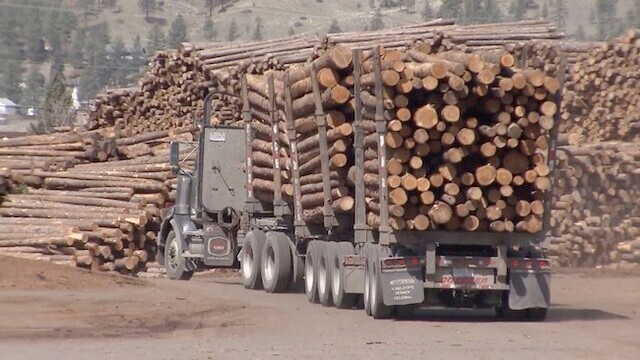Canada has no excuses for not cutting carbon emissions
- FTFO
- Nov 16, 2023
- 3 min read
castanet.net "This article first appeared on Castanet"
Kristy Dyer - Nov 14, 2023 10–12 minutes
Syncrude oil sands mine works, Mildred Lake, Alberta.jpg
Canada has one of the highest per capita carbon emissions in the world, nearly 15 metric tons per person.
When it comes to cutting that, there’s a tendency to lead with, “it’s not our fault” and list reasons why Canada cannot be expected to do any better. Let's look more closely at those arguments.
Canada’s emissions are higher because we have more forest and therefore more forest fires—Does that explain Canada’s emissions? The grim answer is wildfires are not raising Canada’s 15 metric tons per capita because they are not counted towards the total.
Canada’s emissions are higher because it is cold—There’s an argument to be made that Canada’s emissions are high because we experience serious winters, sometimes as low as -30 C. Unfortunately, that doesn’t wash. Finland (6.97 tons per capita in 2021) and Sweden (3.82 tons of CO2 per capita in 2021) also have serious winters (plus more saunas) without getting anywhere near Canada’s 15 metric tons per person. The built environment is a significant fraction of our carbon emissions. Why do buildings contribute so much to Canada’s footprint? In Canada, we make inefficient choices when it comes to heating and cooling, and a combination of old stock and less aggressive building codes lead to leaks in building envelopes as well as insufficient insulation.
Canada’s emissions are higher because it is big—Transportation is a main contributor to Canada’s emissions. Here, we have to separate transportation into two categories— freight and private vehicles. About one third of transportation emissions come from transporting freight.
Rail can move the same amount of freight using less fuel and 68% of Canada’s freight goes by rail, one of the highest rates in the world. That is is good. Private vehicles are where Canada really does poorly. We purchase vehicles with low gas mileage, we purchase heavier vehicles and, basically, we buy more trucks.
Do we drive more trucks because of Canada’s winters? The biggest boost to winter driving safety comes from winter snow tires, which have better tread and remain pliable at low temperatures. The second most important thing is having all-wheel drive, which gives traction to get going. Vehicle mass is third in line, and not a strategy employed in Finland or Sweden.
Canada is one of the largest producers of oil and gas in the world. Oil and gas extraction are simply high-emission industries—Let’s ignore, for the moment, the carbon emissions that come from burning fossil fuels and look at carbon emissions from extracting and refining fossil fuels.
It takes 30% more carbon emissions to get the average barrel of Canadian oil out of the ground. How can a barrel of oil have a bigger carbon footprint? Let's look at two key points—leakage of methane/natural gas and extracting oil from the oil sands. Many wells designed to extract oil leak methane/natural gas. Methane is a greenhouse gas 40 times stronger than carbon dioxide. Current studies don’t measure methane/natural gas leakage accurately and the federal government has only just begun to tighten standards.
In the cartoon version of the world, when an oil well is drilled, oil shoots out of the ground. The reality is it often takes energy to make energy. This is nowhere more apparent than for oil extracted from the oil sands. This process is both more expensive and results in more carbon emissions per barrel of oil. Unfortunately, according to Natural Resources Canada, 97% of Canada’s oil reserves are in oil sands and oil sands extraction is expected to increase from 3.1 million barrels per day in 2022 to 3.7 million barrels per day in 2030.
Canada is the “Great White North” and our communities use diesel generators—In 2018, Canada’s energy regulator estimated 200,000 people in Canada who live in remote and rural communities are dependent on diesel generators. However, in 2018 the total Canadian population was 37 million, making people living off-grid less than 1% of the total. We may think of ourselves as the “Great White North” but vastly more people live in urban areas with public transportation than in remote communities.
It’s not the weather. It’s not the distances. It’s not oil wells per se. It is not diesel generators. Wildfires are a disaster for both the forests and the planet, but not a contributor to Canada’s high per capita carbon footprint.
We can do better, and we should.





Comments